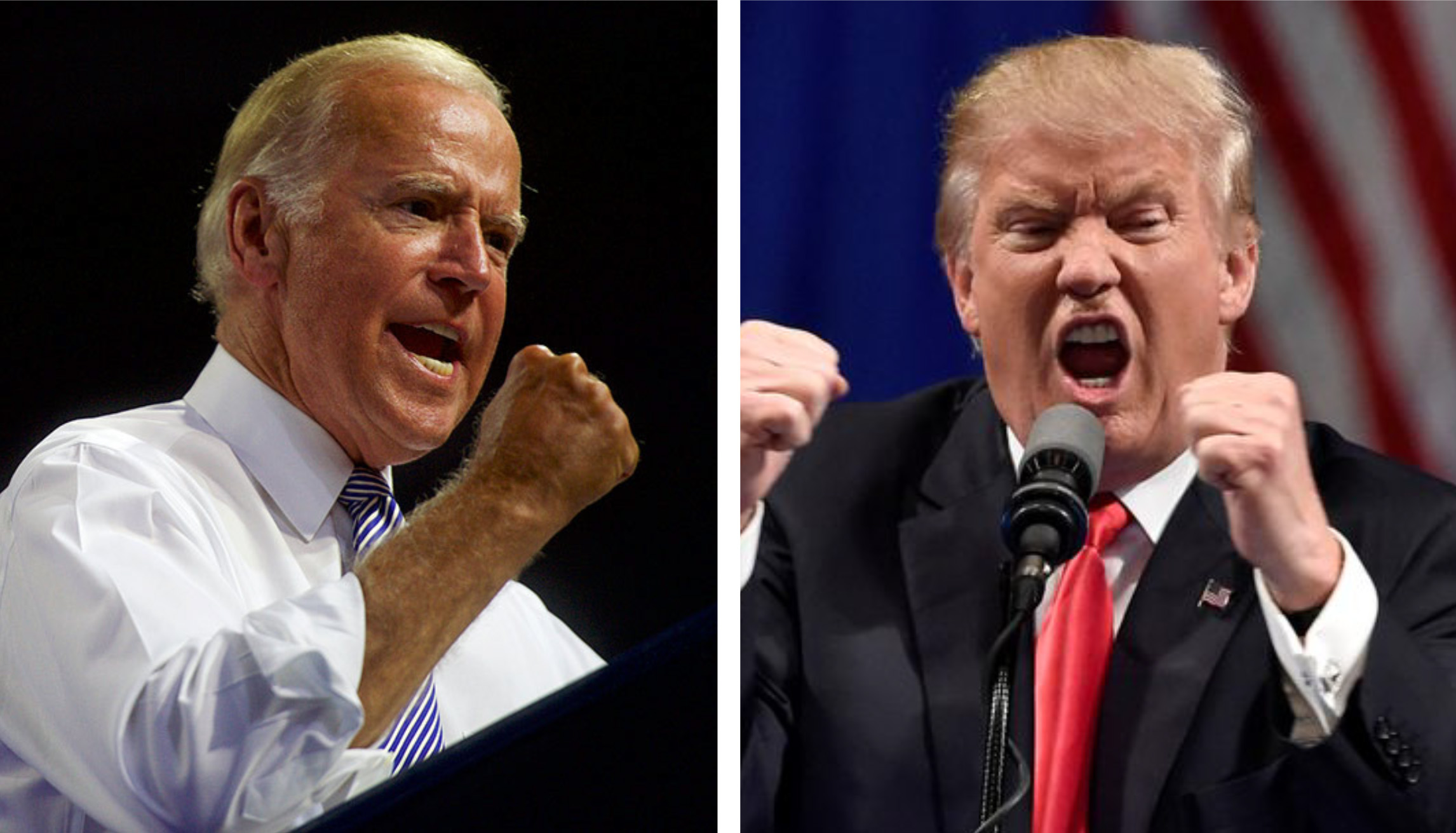Anyone keeping track of civil discourse in the 2020 election might be experiencing some whiplash.
First, there was the opening presidential debate on Sept. 29 between President Donald Trump and his Democratic challenger, former Vice President Joe Biden, which, at several points, devolved into interruptions and name-calling. Both men were chided by moderator Chris Wallace of Fox News during the debate, and later by the press, for failing to keep the conversation civil.
That was followed eight days later with a markedly more polite discussion between Vice President Mike Pence and Biden’s running mate, Sen. Kamala Harris of California.
The first presidential debate was notable, especially to those who follow election rhetoric for a living. The University of Arizona’s National Institute for Civil Discourse – a Washington, D.C.-based organization that promotes healthy and civil political debate for the benefit of all Americans – has studied presidential candidates’ discourse in elections going back to the 1960s.
The first debate of this election stood out in perhaps the worst way, said Keith Allred, the institute’s executive director.
“The thing about this debate was you didn’t need any formal analysis. Anybody watching it knew in their gut that this was the worst presidential debate, in terms of civil discourse, in American history,” said Allred, who issued a statement the day after the debate, calling the event “particularly disastrous.”
“It was just so over-the-top and beyond our norm and experience that we all could recognize it,” he added.
An Increasingly Divided America
Division has come to define American politics in recent years, and politicians, Allred said, are more polarized along party lines than at any other point in history. He cited an analysis of millions of congressional roll call votes, going back to the 18th century, that found lawmakers set a record in 2016 for the number of party-line votes cast.
But even more alarming than the single-year record, Allred said, is that the trend of polarization actually began in the 1970s. That shows the country is living through a prolonged period of systemic polarization as opposed to spikes in political division, such as those seen during the Civil War and the time of the civil rights movement and Vietnam War.
Those divides were also different in another way, Allred said: They divided sections of the two major political parties, while, today, polarization adheres closely to party lines.
“That is a real problem to have more ideologically sorted and ingrained parties than ever when we have a constitution that erects stout defensive barriers to any one party imposing their will on everybody else,” Allred said, adding that the bases of the Democratic and Republican parties each make up about one-third of the country.
But partisan division among lawmakers in Washington isn’t necessarily representative of how divided everyday Americans are, Allred said. Political scientists, he added, are finding that while Americans continue to agree on many policy issues, they’re becoming angrier at those in the other party.
Social media has played a large part in that phenomenon, Allred said, especially during the COVID-19 pandemic when face-to-face interactions have almost gone away entirely. The anonymity granted to many by the internet means people share their opinions in a much more unbridled way. Those are the people, he added, who get the most attention, and they don’t speak for everyone.
“People are trying to get clicks, and you get more attention if you’re more extreme,” Allred said. “The most extreme among us talk longer and louder than anybody else. They post on social media more, and they show up on talk radio and cable news more.”
How to Keep it Civil
So, as this year’s contentious election draws near, how does the average person keep political discourse from looking like what was seen at the Sept. 29 debate?
“The most important things you can do to be better than that are really simple,” Allred said. He offered the following tips, and even more can be found on the National Institute for Civil Discourse website.
Don’t interrupt. A rule that most people learn before kindergarten bears repeating, and it’s the first step toward keeping a conversation respectful.
Don’t resort to name calling or character assassinations. Keep the conversation focused on the merits of the issues at hand.
Listen for understanding. That’s not really an expectation in even the most civil presidential debates, Allred said, but everyday Americans can and should still strive to do it in the interest of having a productive conversation. And listening to understand someone else’s viewpoint does not mean you can’t advocate for your own, Allred said.
Be willing to move on. Not everyone will be reasonable or hold viewpoints that are based in fact. In that case, it’s OK to agree to disagree and walk away, Allred said. Understanding where someone else is coming from is often more important than convincing them they’re wrong.
If all Americans began following this advice, it could have enormous implications for the country, Allred said.
“Imagine if, suddenly, we had a big increase in this country of advocating and listening across the divide without ridicule,” he said. “We would form better judgments about what to do about the enormous challenges we’re facing.”
Allred said he still believes this is possible, even amid the most divisive election season the country has seen in quite some time.
“One thing we’re fond of saying at the National Institute for Civil Discourse is that the American people will be our saving grace,” he said. “We are less divided than our elected officials and most of us are hungry for a different kind of politics.”




